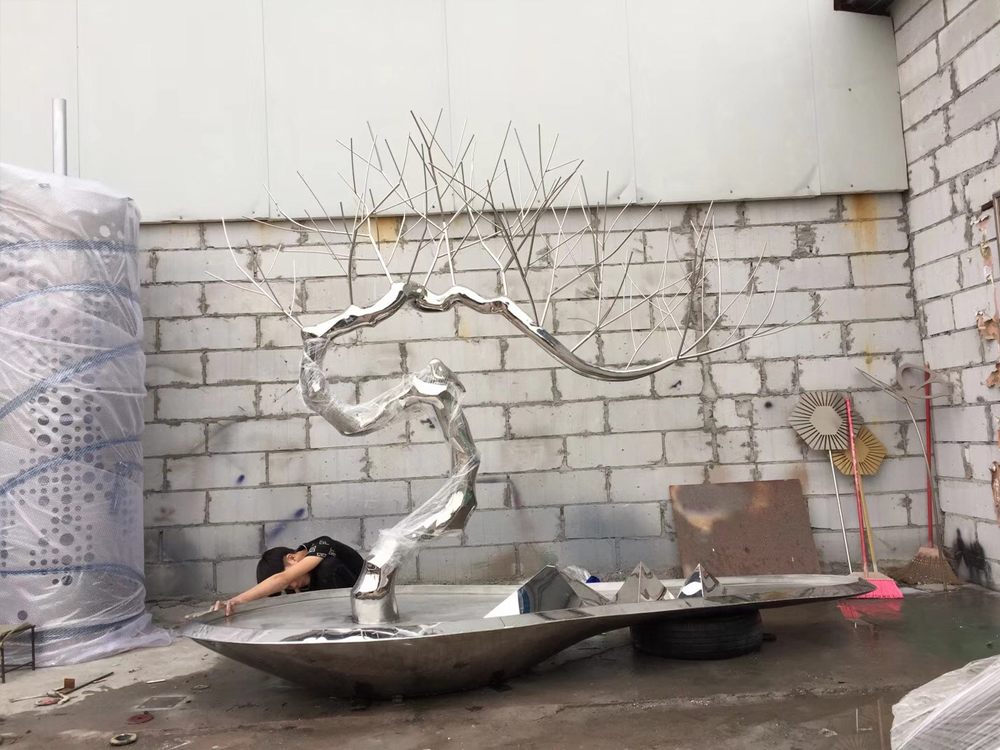
Virtual reality (VR) has revolutionized the way we experience art, offering unprecedented opportunities to showcase porcelain sculptures in immersive and interactive ways. Here are the most effective methods to leverage VR for porcelain art exhibitions:
1. 3D Scanning and Modeling: High-resolution 3D scans of porcelain sculptures allow viewers to examine intricate details from every angle. This technology preserves the texture and craftsmanship, making it ideal for digital archives or online galleries.
2. Immersive VR Galleries: Create virtual exhibition spaces where users can "walk" through curated displays of porcelain sculptures. This replicates the physical museum experience while eliminating geographical barriers.
3. Interactive Storytelling: Use VR to narrate the history and creation process of each piece. Viewers can virtually "meet" the artist or witness the sculpting techniques, adding depth to their appreciation.
4. Augmented Reality (AR) Integration: Combine VR with AR to enable users to project porcelain sculptures into their real-world environment, experimenting with scale and placement for a personalized experience.
5. Multi-Sensory Experiences: Incorporate haptic feedback or spatial audio to simulate the tactile and auditory elements of porcelain art, enhancing emotional engagement.
By adopting these VR strategies, artists and curators can redefine porcelain sculpture exhibitions, making them accessible, engaging, and unforgettable for global audiences.

